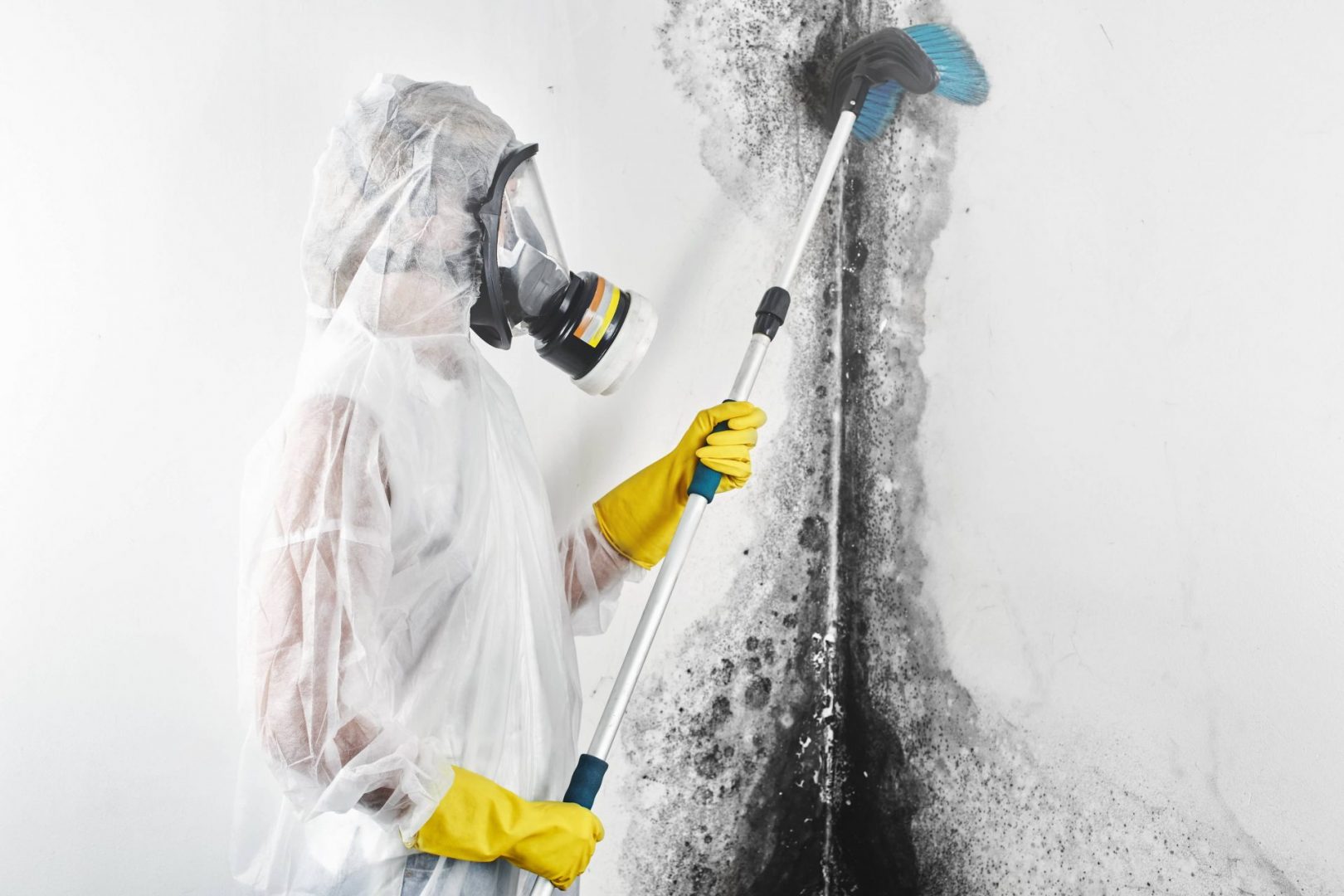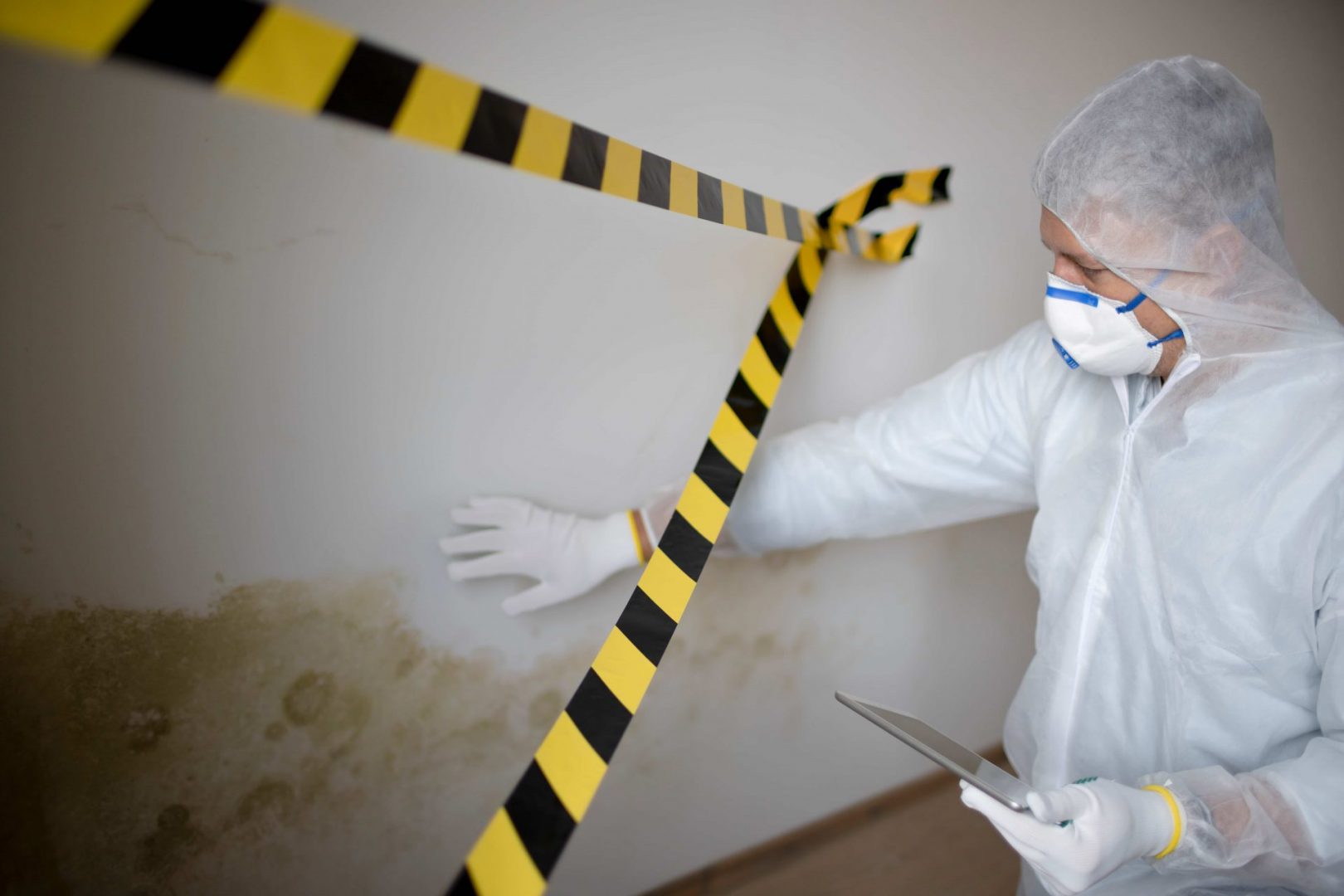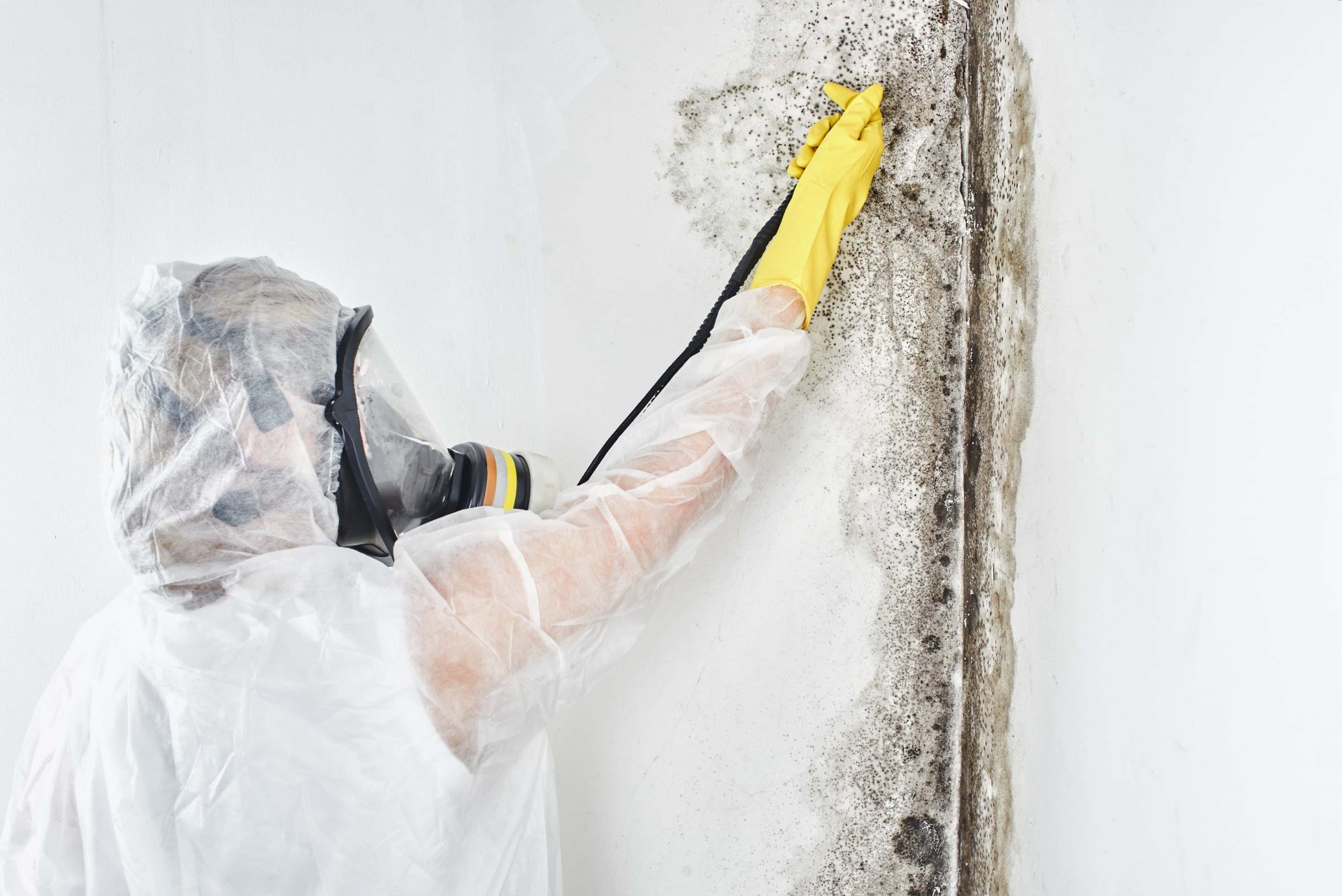By Daniel Green
The recent flood event in the Northern Rivers region of NSW has left untold devastation in its wake. Thousands of homes around Ballina, Casino and Lismore are beyond repair and are slated for demolition. Thousands more remain structurally sound but are uninhabitable for many reasons, one of which is mould. These will need treatment via mould remediation.
It is quite common for mould or mildew to grow in places that are prone to moisture, such bathrooms and laundries. Mould grows particularly well on porous materials like ceiling tiles and wood but can also flourish in paint, wallpaper and insulation. Areas that have been subjected to leaks or flooding are particularly sensitive, especially if flood waters have been slow to recede. Ballina, Casino and Lismore contain prime examples of homes affected by slow receding flood waters needing mould removal.
Identification
Typically, mould appears as either black, grey or brown spots. Mildew is most commonly found on external painted weatherboards and is very similar in appearance. Both are caused by damp and little, or no, exposure to sunlight. This is very common on the underside of external eaves and weatherboards in shaded areas, as well as in wet areas like laundries and bathrooms commonly caused by poor ventilation. In the case of flooded regions mould and mildew can grow virtually anywhere because it thrives in high moisture areas. In tropical climates mould treatment is not an if, it’s a when.
Health Concerns
Mould and mildew affect air quality, that over time can have a permanent effect on the health of inhabitants. Mould remediation is the sole solution. Exposure occurs via inhalation, skin contact and ingestion. Side effects are:
- Irritation of the eyes, nose, throat and skin
- Allergic reaction in people with a mould allergy such as an asthma flare-up or hay fever symptoms
- Hypersensitivity pneumonitis—a rare lung disease where the lungs become inflamed due to an allergic reaction to certain inhaled substances like organic dust, fungus, mould or chemicals
- Infection
- Chronic lung illnesses
Most healthy people will not experience health problems from contact with mould, however the risk increases for people with:
- Asthma, allergies or other respiratory conditions that may make them more sensitive to mould
- A health condition or undergoing medical treatment that lowers their immunity are more at risk of infection such as cancer and its treatment, organ transplant recipients
PPE
Large resi and/or commercial scale mould remediation, mould removal and mould treatment requires proper PPE. This includes:
- A P2 respirator, fit-tested to your face
- Sealed eye protection
- Disposable gloves
- Long sleeved shirt and long pants
- Boot covers

Mould Removal
Removing the offending material isn’t complicated, but it is lengthy and can be quite involved. Unfortunately, skipping simple steps may result in a second round of mould treatment.
- Restrict access to the affected area where possible and schedule the work for when the building is not being used. If there has been water intrusion, dry out the wet area as soon as possible. Fans, wet vacuums, dehumidification units, heaters or air-conditioners on dry mode can be used to speed up the drying process. A lengthy drying out process may embed mould further into the property, resulting in several applications over weeks and months.
- Discard porous materials that can’t be readily cleaned, have been wet for more than 48 hours or have visible mould growth. Items such as ceiling tiles, plasterboard, insulation and carpets. Seek professional advice about restoring damaged items that are valuable or irreplaceable.
- Start by testing the area to ensure it is actually mould and not another biological growth, or even paint. Take a few drops of undiluted bleach and apply it to the affected area. If the mould disappears the original surface finish returns looking as good as new, you’ve definitely found mould.
- Decide what product works for you and mix to suit. Household bleach [sodium hypochlorite] is extremely effective but the atmosphere inside the property remains quite concentrated for days afterwards. Detergent is less effective and requires far more effort but is less toxic. Vinegar works as well as detergent and remains a popular organic solution. External areas can be helped along with a pressure washer, doubly so if the machine pumps hot water. In almost all cases mechanical aid is required aka scrubbing.
- Scrub until clean. Older buildings like timber homes have a lot of movement throughout daily/weekly/annual heat cycles. This leaves many places for mould to grow out of sight necessitating several mould treatments. Try and access cracks and crevices to prevent reworks, even if it means pouring small amounts of your cleaning agent into them.
- Clean all tools and equipment after use. Discard PPE.
During cleaning, it is important to capture, contain or suppress potentially contaminated airborne particles to prevent the spread of mould. Control measures will depend on the extend of contamination and disturbance.
- Isolate the affected area.
- Shut doors and windows leading to other work/inhabited areas.
- Seal both supply and return air passages or shut down any HVAC.
- Completely seal the work area with floor-to-ceiling plastic.
- Set up a negative pressure system and decon unit is needs be.
- Use cleaning methods that minimise airborne particles.
- Use ventilation controls such as HEPA filtered air scrubbers and H class dust extraction vacuums.
- Pre-line a bin or a skip with sealed plastic to be disposed of off site.
Coatings
Generally, getting a surface coating on the affected areas should happen sooner rather than later. Perfect recommends a premium grade oil based sealer and undercoat. This is regardless of what paint manufacturers claim. Water based products are porous, whereas oil-based sealers remain almost impermeable. If poor surface preparation occurs then mould will return within a few months, expectably in tropical areas such as Ballina, Casino and Lismore.

Further Prevention
For any small, dark areas that don’t often see light or air – now is the time to ventilate them. Sun and fresh air are the best methods of keeping mould and mildew at bay.
For further information on mould removal, mould remediation and mould treatment, please contact Marco in our Ballina office on 0412 537 990.
For more information on our services, take a look at our webpage or request a free quote.
contact us today
